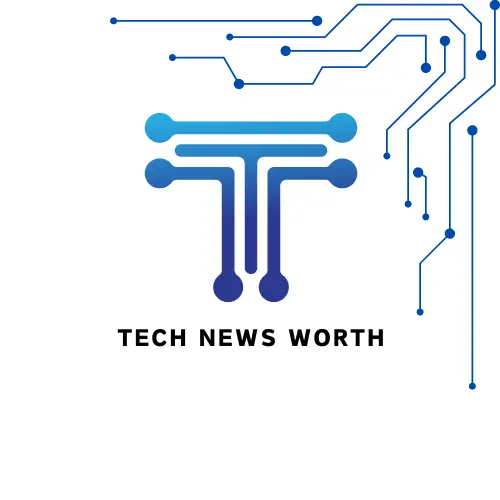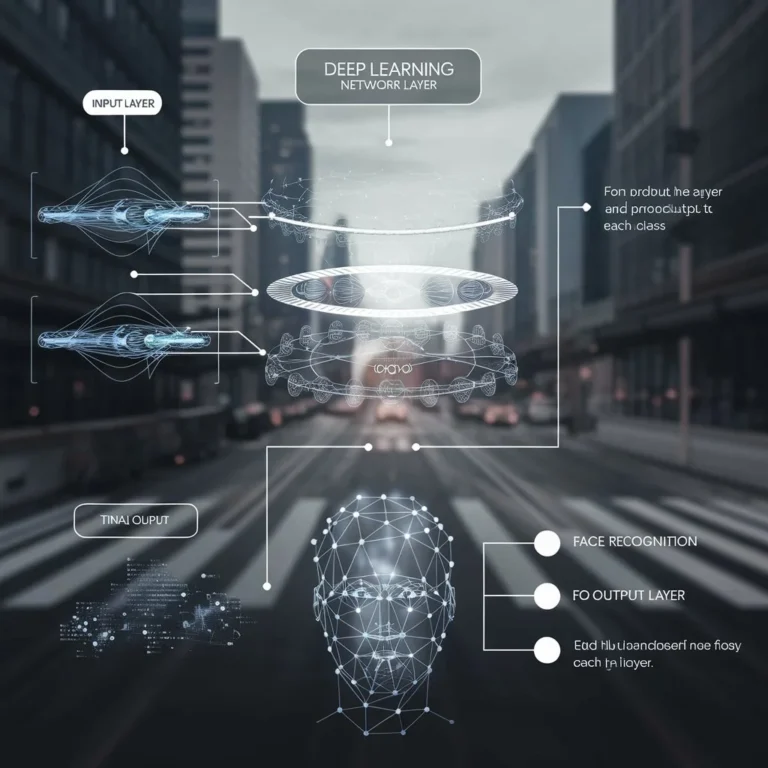In current years, Face recognition has emerged as one of the most exciting and arguable programs of synthetic intelligence. Its capacity to become aware of and confirm individuals based on their facial capabilities has paved the way for advancements in security, surveillance, identification verification, and even social interactions. The synergy between deep gaining knowledge and face recognition has propelled this era to unheard-of heights, making it not only greater efficient but additionally more accurate than ever before.
Expertise in Facial Recognition Technology
Facial recognition is a biometric verification technique that makes use of algorithms to become aware of or affirm someone by comparing their facial functions against a database. This technology has a big selection of packages, from unlocking smartphones to tracking protection in public spaces. The fundamental steps within the face recognition procedure include taking pictures, detecting faces, extracting functions, and evaluating those features against recognized faces in a database.
Historically, face recognition relied on handcrafted features and statistical strategies, which frequently led to barriers in accuracy and robustness, mainly in varying light situations or with extraordinary facial expressions. However, deep studying has converted how we technique this problem.
The Role of Deep Learning in Face Recognition
Deep learning is a subset of machine learning that consists of neural networks with a couple of layers. Those networks are designed to routinely learn representations from information, enabling them to understand complicated styles. While carried out to stand out, deep studying has shown big improvements in both velocity and accuracy.
1. Function Extraction:
One of the most vital improvements introduced using deep studying is the potential to automate function extraction. Traditional strategies required guide intervention to pick out features along with the eyes, nostrils, and mouth. In evaluation, deep mastering models, especially convolutional neural networks (CNNs), can learn to extract powerful features from uncooked photos. This capability allows the algorithms to analyze substantial quantities of facts and apprehend subtle versions in facial capabilities that would imply identity.
2. Robustness to Variability:
Deep learning of models is normally more robust to variability in facial recognition settings. Factors including lighting situations, facial expressions, and occlusions can considerably affect the accuracy of face recognition systems. However, CNNs educated on diverse datasets can generalize better and perform successfully throughout these challenges. For instance, while face verification is required in low-light environments or when topics are put on eyeglasses, deep getting-to-know models are highly geared up to hold excessive accuracy.
3. Scalability:
The scalability of deep learning models is every other gain within the realm of face recognition. With the developing extent of pictures and motion pictures generated daily, conventional techniques conflict with the system and efficiently examine this data. Deep studying strategies can be educated on large datasets, allowing them to deal with tens of millions of images and accurately perform identity verification at scale. This capability is critical for packages consisting of social media platforms, law enforcement, and airport security structures.
Packages of Face Recognition Generation
The combination of deep getting-to-know facial recognition has resulted in vast improvements across numerous domains:
Safety and Surveillance: Using face recognition in safety systems enhances monitoring abilities, bearing in mind the real-time identity of individuals in crowded places. Regulation enforcement agencies are deploying those systems to track down suspects or locate missing humans, drastically enhancing their response instances.
Smartphones: Face recognition has emerged as a widespread function in smartphones, with many producers using superior algorithms for biometric verification. Customers can securely unlock their gadgets or authenticate transactions surely by way of showing their faces.
Retail and advertising: Retailers leverage face recognition to recognize consumer behavior, improving the purchasing experience by way of personalizing services. through reading client demographics, brands can tailor their marketing strategies efficiently.
Healthcare: In healthcare settings, face recognition can streamline affected person control via quick verifying identities, enhancing the performance of biometric verification in hospitals and clinics.
Ethical Issues in Face Recognition
While the synergy between deep learning and face verification holds wonderful capabilities, it also raises moral questions. Problems surrounding privateness, consent, and capability misuse of the generation necessitate cautious attention. Requirements regulations and standards within the deployment of face recognition technologies have grown louder, advocating for transparency and accountability.
For example, without the right oversight, face recognition can be misused for surveillance functions without the express consent of people, leading to violations of private privacy. Moreover, deep learning fashions can inadvertently perpetuate biases within the training information, leading to disparities in accuracy across distinct demographic organizations. Developers and businesses need to deal with these issues proactively.
Conclusion
The aggregate of deep studying and face recognition generation represents an enormous bounce forward in identifying and verifying people. With its blessings in function extraction, robustness, and scalability, deep studying has made facial recognition a powerful tool throughout numerous sectors. But, as the generation keeps increasing, it’s important to stabilize innovation with moral considerations. Ensuring that face recognition technologies are deployed responsibly and equitably. It can be key to maximizing their benefits, even minimizing potential harms. The destiny of face recognition, while blended with nuanced information about its implications, guarantees beautifying safety. Enhancing consumer revelation, and fostering greater agreement in biometric verification systems.

